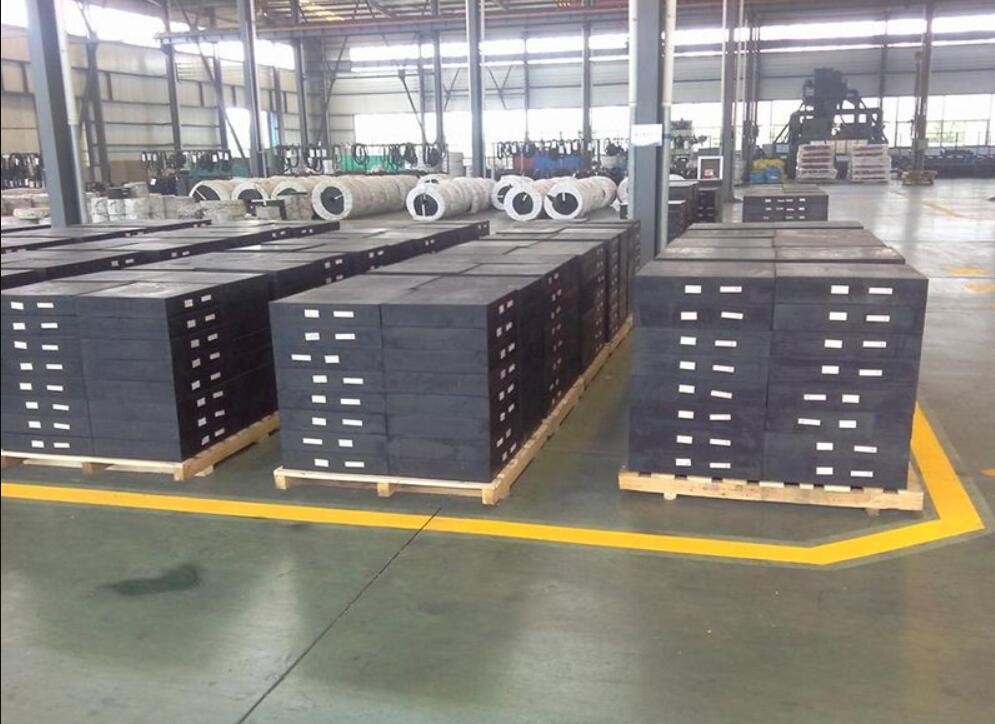Laminated Bridge Bearings: A Crucial Component of Modern Bridge Design
Bridges are an integral part of modern transportation infrastructure. They allow people and goods to cross rivers, valleys, and other obstacles that would otherwise hinder travel. However, bridges are complex structures that require careful design and construction to ensure their safety and durability. One critical component of modern bridge design is laminated bridge bearings, which provide support and movement between bridge components.
Laminated bridge bearings are structural devices that transfer loads from the bridge deck to the substructure while allowing for movement due to thermal expansion, contraction, and other forces. They consist of multiple layers of elastomeric material, typically neoprene, sandwiched between layers of steel plates. The steel plates distribute the load across the elastomer layers, while the elastomer layers provide the necessary flexibility and damping.
The primary purpose of laminated bridge bearings is to reduce the stress on the bridge components by accommodating thermal and dynamic movements. Thermal movements occur due to changes in temperature, which cause the bridge components to expand or contract. Dynamic movements occur due to the movement of vehicles, wind, and other external forces. Laminated bridge bearings help to absorb these forces and prevent damage to the bridge components.
There are several types of laminated bridge bearings, including fixed bearings, guided bearings, and free sliding bearings. Fixed bearings do not allow for movement in any direction and are used to transfer loads vertically. Guided bearings allow for horizontal movement in one direction and are used to accommodate thermal expansion and contraction. Free sliding bearings allow for horizontal movement in multiple directions and are used to accommodate dynamic movements.
Laminated bridge bearings have several advantages over other types of bearings. They are relatively easy to install and maintain, and they provide excellent damping and isolation properties. They also have a long service life, typically 30 to 40 years, and can be designed to withstand extreme temperatures and environmental conditions.

However, laminated bridge bearings also have some limitations. They are relatively expensive compared to other types of bearings, and their performance can be affected by factors such as temperature, humidity, and chemical exposure. They also require periodic inspection and maintenance to ensure their continued performance.
Despite these limitations, laminated bridge bearings are widely used in modern bridge design. They provide an essential component of the structural system that ensures the safety and durability of bridges. They also play a critical role in the functionality of the bridge, allowing for movement and flexibility that helps to prevent damage and prolong the life of the bridge components.
In conclusion, laminated bridge bearing pads are a crucial component of modern bridge design. They provide support and movement between bridge components, allowing for thermal and dynamic movements while reducing stress on the bridge structure. Although they have some limitations, they are widely used in bridge design and provide excellent damping and isolation properties, long service life, and resistance to extreme temperatures and environmental conditions. Proper maintenance and inspection are essential to ensure their continued performance and the safety of bridge users.
- Category:
- Arts & Culture
- 21 Mar, 2023
- 1090 views
- No comments





